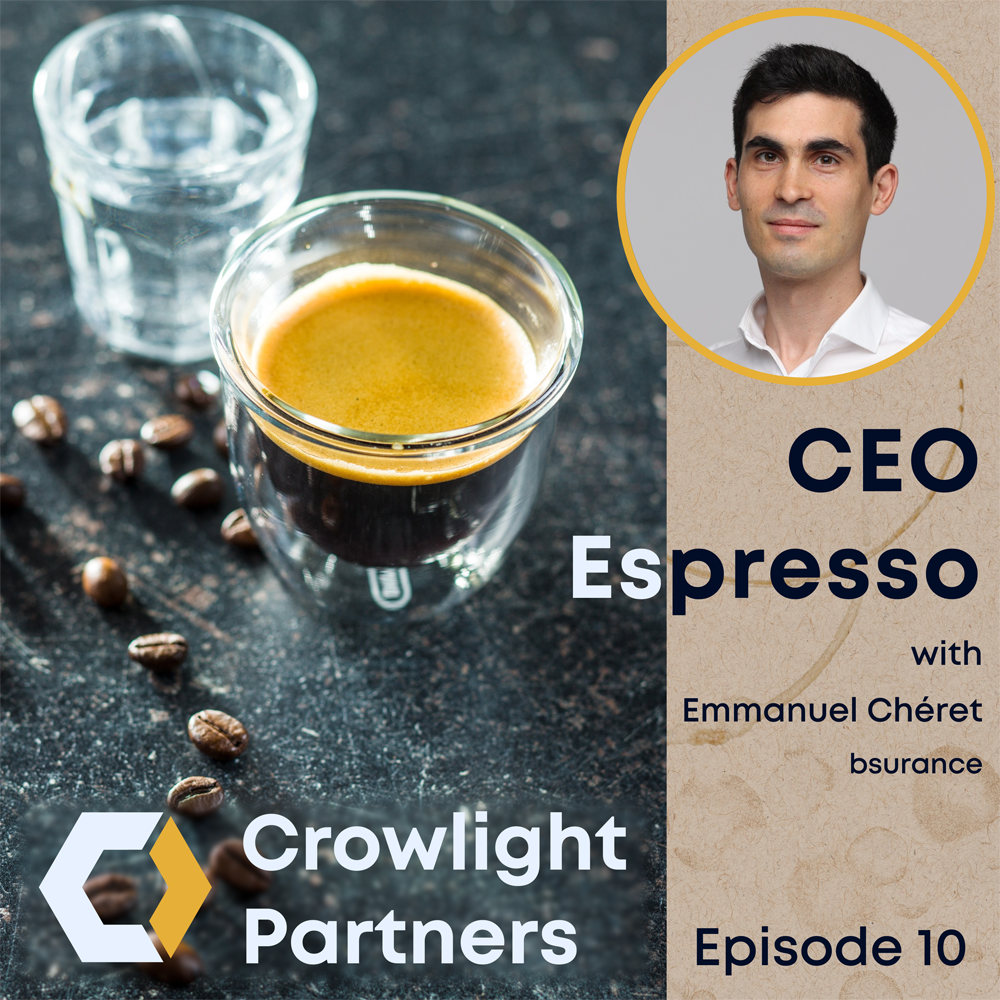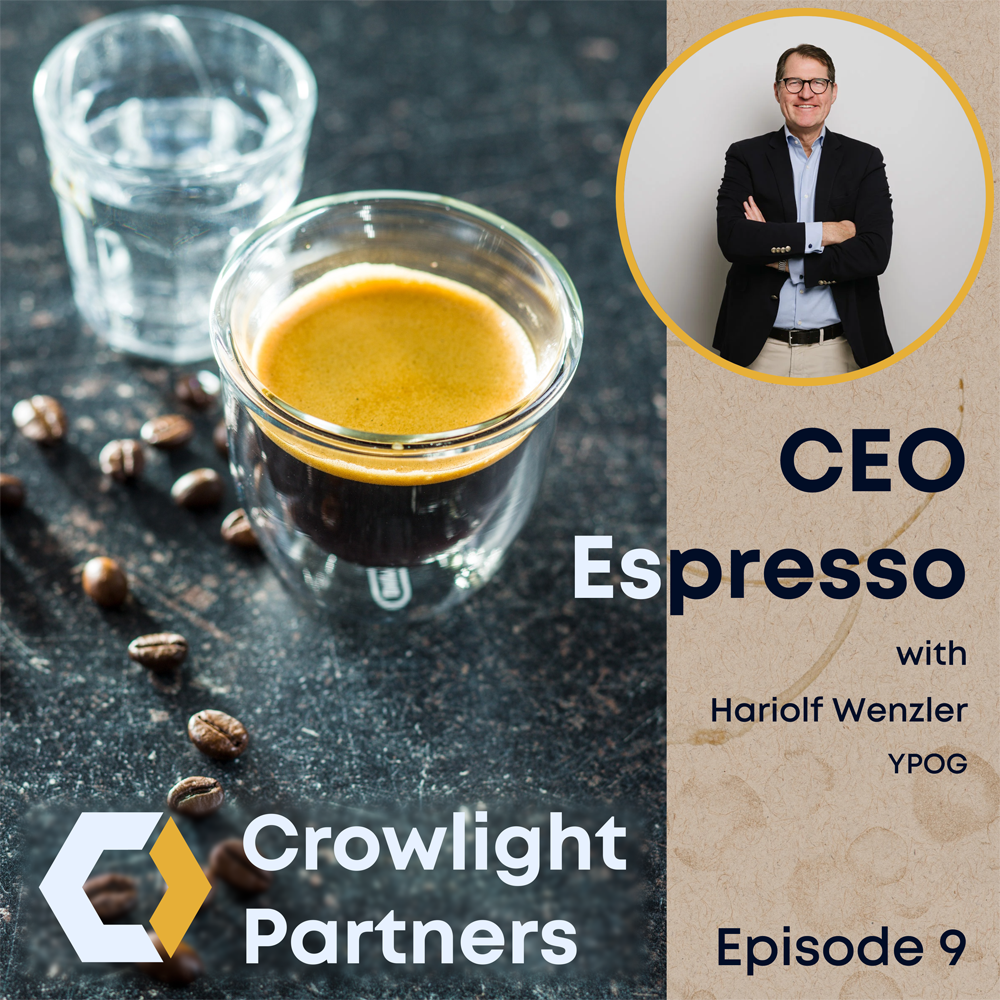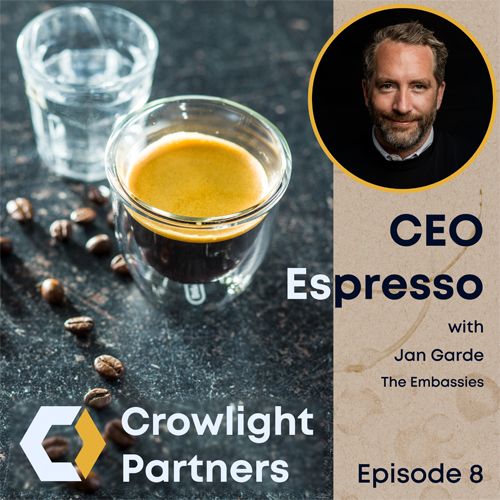Emmanuel brings a refreshing perspective on the insurance sector as CEO of bsurance, an insurtech focused on embedded insurance and digital sales. bsurance provides a fast, flexible no-code platform that enables insurers and their distribution partners to build, distribute, and operate new offerings at speed.
Whether it’s powering embedded journeys, enabling partnerships, or accelerating the rollout of new product lines, their mission is clear: remove complexity for insurers and deliver seamless protection for end customers. In short, to make innovation in insurance faster, easier, and truly customer-centric.
Question: How did you come to lead Bsurance, and how has the company evolved?
Response: I joined bsurance almost two years ago through my network, coming from another insurtech backed by some of the same investors. What convinced me to take on the CEO role was simple: a genuinely strong product and a team of engineers who had been quietly solving real distribution problems for insurers for years.
Since then, we’ve sharpened our focus on what we do best: enabling insurers and their partners to launch digital and embedded products quickly, without touching their core systems. It’s a very pragmatic value proposition, but it solves a massive pain point in the industry.
This year marked a turning point: we kicked off our largest multi-country deployments to date, reorganised around a lean engineering-focused team, and reached break-even. The foundations were already there; my role has been to give the company direction, reinforce product focus, and accelerate commercial momentum.
You work in a highly regulated industry. How does that affect your sales process?
When you’re an insurtech, compliance and regulatory depth are not an afterthought, it is part of your value proposition. If you choose to own it, it becomes a competitive advantage .
bsurance is one of the few SaaS vendors that is also an MAG [Managing General Agent]. That dual identity means we understand the regulatory constraints from the inside. We’ve built products, handled audits, run claims, and interacted with authorities ourselves. Insurers recognise that instantly.
It shortens cycles, because we speak the same language and anticipate requirements before they appear.
Speaking of sales cycles, what is the typical sales process and duration in your business?
It varies widely.
With new players such as insurtech startups and MGAs, things can move quickly – two or three months. Decisions are simpler, teams are smaller.
With insurers, especially when procurement runs RFPs, it can stretch to nine or twelve months. We touch almost every part of their business, so many stakeholders are involved. Some tenders restart after years of dormancy, others change scope mid-way.
Ultimately, it’s a long-term relationship business. You need patience, timing, and curiosity to continuously understand the customer’s priorities and how to help them best.
Working with insurers often involves complex legacy systems and competing priorities. How does this influence your approach?
Legacy is too often dismissed as “old tech,” but these systems run billions in premiums and decades of embedded logic. Replacing them fully is extremely challenging, and the ROI is not always obvious. They might be around longer than we think.
Our approach fully embraces this reality. bsurance acts as a speed-layer that enables new digital products, partners, and customer journeys, without disturbing the core. This reduces risk, shortens time-to-market, and lets insurers modernise step by step rather than through multi-year transformations. It’s a pragmatic way to innovate without breaking what already works.
You sometimes compete with much larger vendors. How do you stand out?
By being specialised, fast, and deeply hands-on.
Large vendors can offer breadth, but insurers increasingly want depth in specific areas – embedded, digital distribution, automation, partner journeys. That’s where we excel. We are small enough to adapt quickly, but experienced enough to operate at enterprise scale. Clients work directly with senior people, and decisions take hours, not months.
What is the most challenging aspect of negotiating with insurers?
The hardest part actually happens before the negotiation. It’s getting to the point where both sides genuinely want to work together. Once that alignment exists, finding a balanced outcome on price, scope, and responsibilities is usually straightforward. The challenge is reaching that trusted-partner position early enough and earning confidence across multiple stakeholders who all have a voice in the final decision.
What lesson from recent negotiations has stayed with you the most?
That clarity beats complexity. The best negotiations I’ve had started once both parties were able to state what truly mattered to them. When priorities are explicit, agreements come together faster and everyone leaves the table feeling respected. It builds a healthier long-term relationship, which matters far more than any short-term optimisation.
Bsurance is lean and engineering-heavy. How does that shape your culture and decision-making?
It makes us product-driven and pragmatic. With a small team of strong engineers, we avoid hierarchy and focus on solving real problems for clients. Everyone has ownership, everyone challenges assumptions, and decisions happen quickly because the people building the product are close to customers. We value constructive disagreement and transparency, it’s how we avoid groupthink and keep improving. That culture is a big part of our speed and responsiveness.
What part of your role excites you the most today, and what keeps you motivated for what comes next?
Seeing the momentum build. We’re at a moment where insurers finally see embedded and digital distribution not as experiments, but as strategic revenue drivers. Our platform sits right at the intersection of that shift. What motivates me is helping clients launch in weeks what previously took years, and seeing the potential that we are unlocking through that process. There’s a lot left to build, and we’re just getting started.





